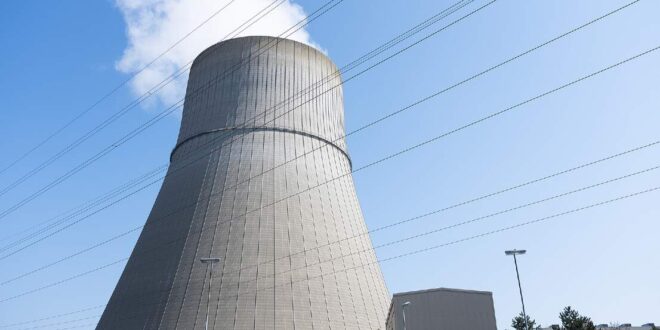Spain has just confirmed that it will go ahead with plans to close all its nuclear plants by 2035, while Europe remains divided on whether nuclear energy should be part of the climate change solution.
The management of radioactive waste and dismantling of the plants will cost about 20.2 billion euros ($22.4 billion) and will be paid for by a fund supported by the plants’ operators.
The future of the country’s nuclear plants was a hot issue during the recent electoral campaign, with one of the main business lobbies calling for extending the use of these plants while the conservative opposition People’s Party (PP) pledged to reverse the planned phase-out.
Spain’s hardline stance comes at a time when Europe’s nuclear energy sector is enjoying a min-renaissance of sorts with a palpable shift in support for nuclear power amid the transition to low-carbon fuels as well as a renewed push to enhance energy security after the global energy crisis triggered by Russia’s war in Ukraine.
Dozens of governments and influential bodies that were formerly opposed to nuclear energy have begun to openly embrace and hail it as a necessary player in the global electrification and decarbonization drive.
In one monumental case, Finland’s Green Party voted overwhelmingly in 2022 to categorize nuclear power as a form of sustainable energy after decades of strong opposition. A third of Finland’s electricity is generated by nuclear power. Meanwhile, German and Japanese citizens have become more receptive to nuclear power.
“I am very happy and proud. This is a historical moment in the history of the green movement, as we are the first green party in the world to officially let go of anti-nuclearism.” said Tea Törmänen, a voting member and chair of the Savonia/Karelia chapter of Viite, the pro-science internal group of the party, shortly after the vote.
Nuclear energy is seen as a preferable energy source to a fall back to burning coal. According to Dutch-based anti-nuclear group WISE, nuclear plants produce 117 grams of CO2 emissions per kilowatt-hour, much lower compared to burning lignite which emits over 1,000 grams of CO2 per kilowatt-hour.

 Iran Energy News Oil, Gas, Petrochemical and Energy Field Specialized Channel
Iran Energy News Oil, Gas, Petrochemical and Energy Field Specialized Channel



